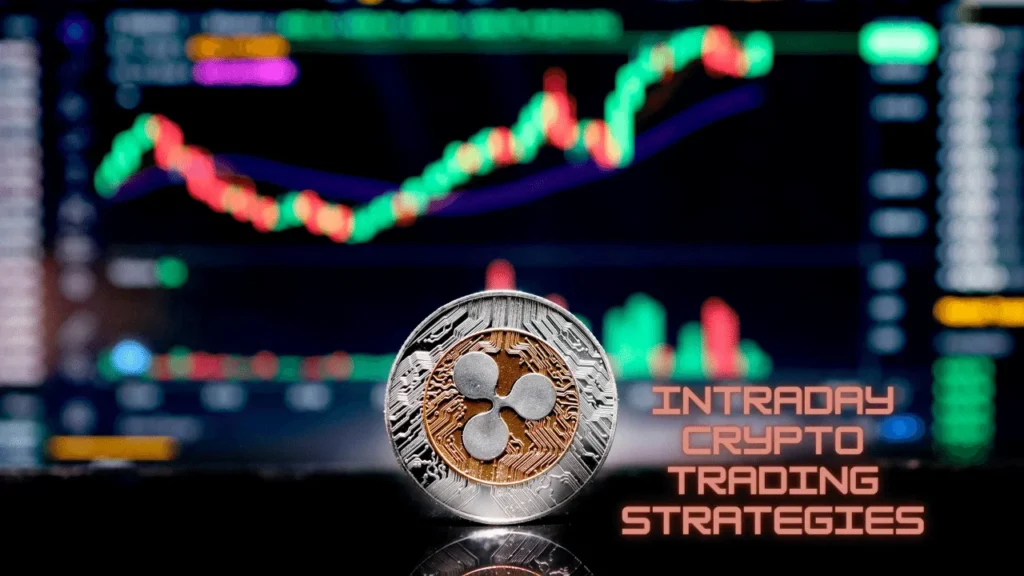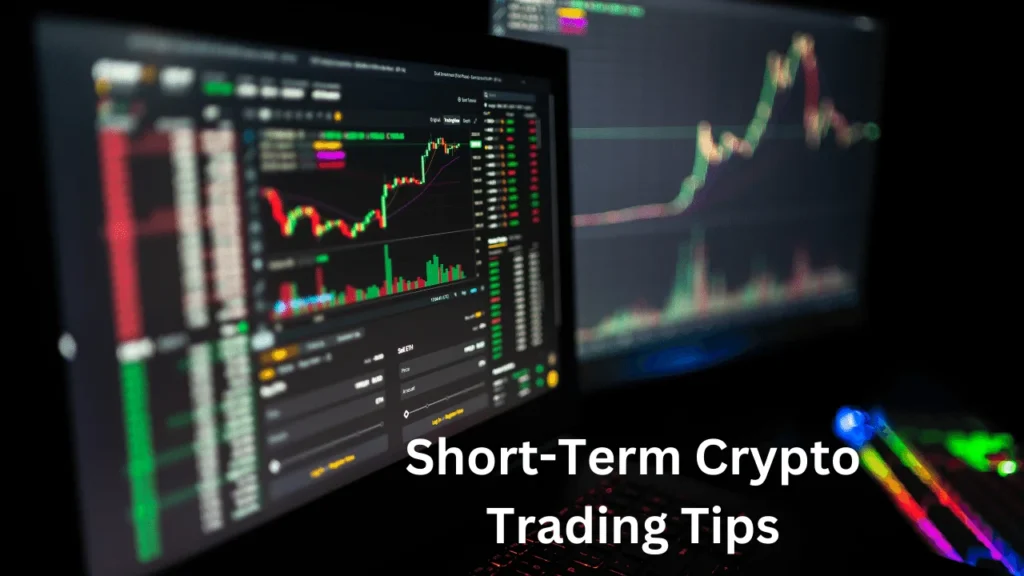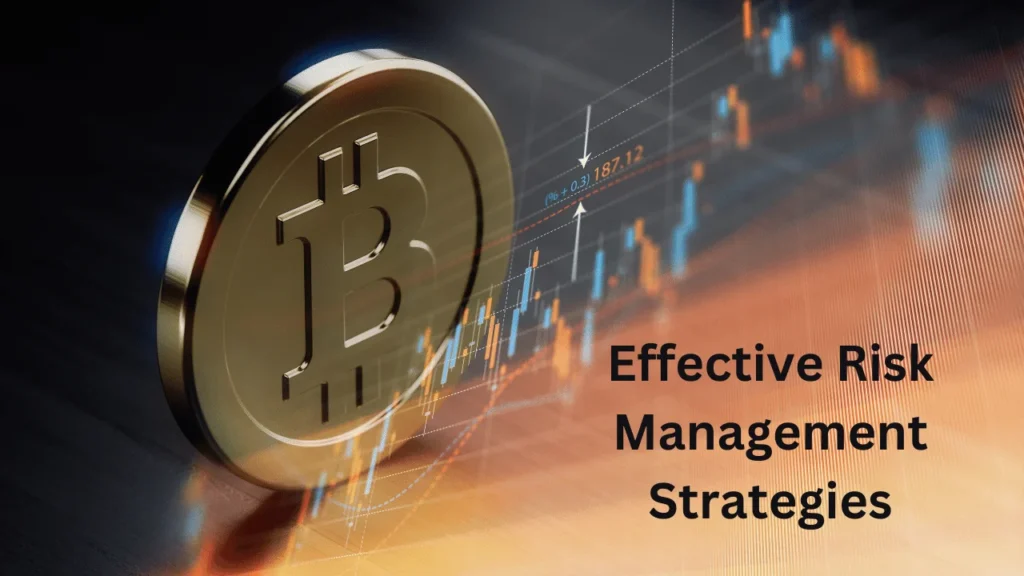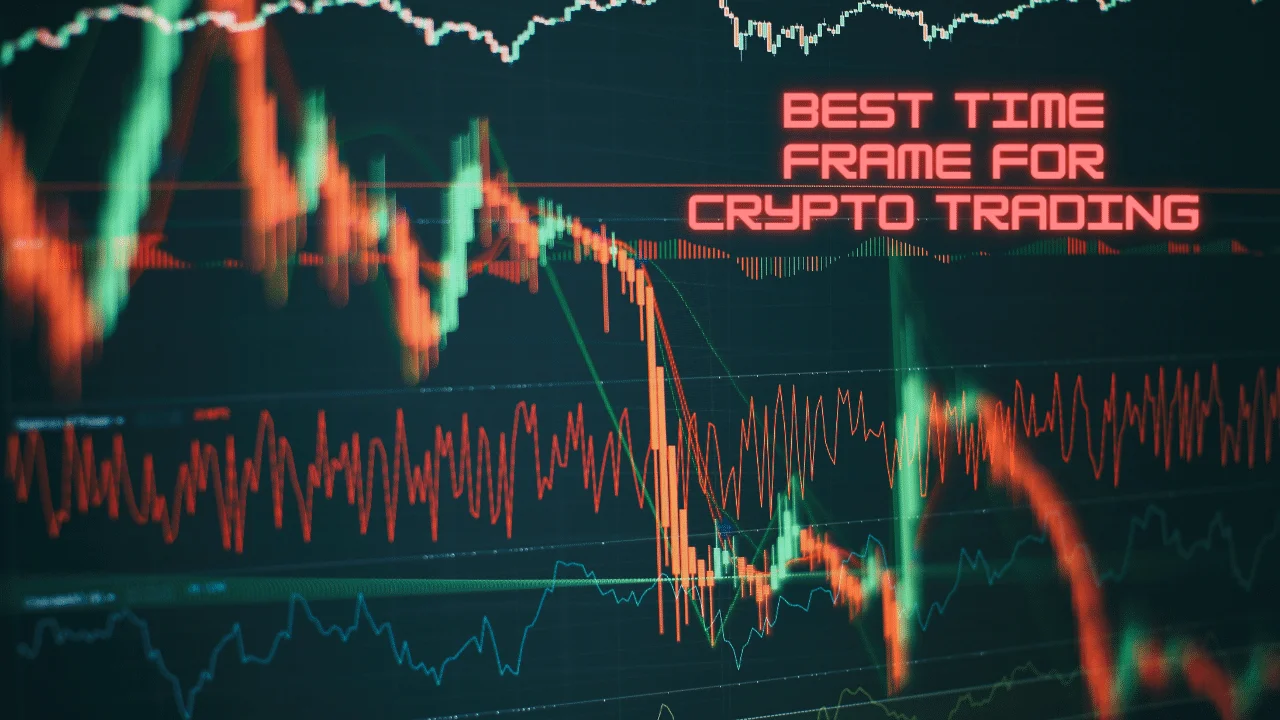If you want your investment strategy to succeed in the dynamic world of cryptocurrency, you need to know when to trade. Due to its notoriously unpredictable nature, the cryptocurrency market offers both opportunities and threats, irrespective of your investment horizon. Understanding the best time frame for crypto trading is crucial, whether you’re in it for the short haul or the long haul. This article delves into various trading time frames, their advantages, and ways to optimize your trading results. It highlights the significance of customizing your approach to match your trading style and objectives, with a special emphasis on identifying the most favorable trading periods to maximize gains and minimize losses.
Intraday Crypto Trading Strategies

Trading positions are opened and closed within the same trading day in intraday trading, also known as day trading. In this section, we will explore strategies that are designed for individuals who love the fast-paced world of the cryptocurrency market and want to make money off of temporary price fluctuations.
Hourly Crypto Market Analysis
In order to gain a better understanding of the current market trends and possible price movements, intraday traders rely heavily on hourly analysis. In order to take advantage of rapid market shifts, traders need to be able to see hourly charts closely for patterns and signals that show short-term price directions.
Daily Crypto Trading Indicators
While hourly charts are the mainstay of intraday trading, a more holistic view can be gained by adding daily trading indicators, which can either confirm or cast doubt on the signals found on shorter time frames. By illuminating underlying trends and possible reversals, important indicators like volume, moving averages, and relative strength index (RSI) can improve decision-making.
Short-Term Crypto Trading Tips

Quick reflexes, careful market analysis, and controlled risk management are the three pillars of short-term trading success. Successful traders in this environment know to keep themselves informed of market news and events that could cause unexpected price movements, to set clear entry and exit points, and to use stop-loss orders to manage risks.
Risk Management in Different Trading Timeframes
Although it is important to manage risk effectively across all trading time frames, intraday trading presents its own set of challenges. You can minimize risks while still chasing short-term gains by carefully managing your leverage, not putting too much money into any one asset, and using strategies like range trading or scalping.
Long-Term Cryptocurrency Investment Strategies
Investors who can see further into the future are turning their attention to tactics that can profit from the intrinsic worth and future growth potential of cryptocurrencies.
Weekly Cryptocurrency Trend Analysis
With the noise of short-term fluctuations muted, long-term investors can make out larger market trends by analyzing weekly charts. With this big picture perspective, you can see where there is strong support and resistance, which can help you spot investment opportunities in the future.
Capturing Crypto Price Trends
To succeed in the long run, you need to be able to spot and ride the big price trends. Investors can take advantage of compound interest to their advantage by purchasing cryptocurrencies with solid foundations and promising future growth. This strategy can lead to substantial price appreciations.
Strategies for Cryptocurrency Market Trends
If you want to invest in cryptocurrency for the long haul, you need to know what the market trends are and what’s driving them. The future of the cryptocurrency market is susceptible to a wide range of external factors, such as new technologies, changes in regulations, and changes in investor sentiment.
Analyzing Rapid Price Movements in Crypto
Quick price changes can present opportunities for even long-term investors to rebalance their portfolios or cash out. Investors can optimize their investment strategy in accordance with changing trends if they stay informed and are flexible enough to respond to market dynamics.
Medium-Term Cryptocurrency Trading Techniques
The goal of swing trading, which falls somewhere between day trading and long-term investing, is to make money by riding out noticeable market patterns and momentum over the course of several days to weeks.
4-Hour Chart Trading Strategy for Crypto
As it provides a medium between shorter-term fluctuations and longer-term patterns, the 4-hour chart is an invaluable tool for swing traders. With this timeframe, traders can spot patterns taking shape and changes in momentum, which helps them determine when to enter and exit the market strategically for the best possible returns.
Crypto Swing Trading Time Frame
Finding the sweet spot for swing trading time frames requires juggling the demands of thorough market analysis with the capacity to identify trends with more staying power. Optimal time frames can range from four hours to a day, depending on market conditions and personal trading preferences.
Adapting to Crypto Market Fluctuations
Because swing traders’ strategies are subject to change based on market conditions, adaptability is a virtue in this trading style. To remain in sync with the opportunities and trends of the market, it is necessary to switch between various time frames, assets, and indicators.
Optimal Trading Intervals for Cryptocurrencies
A trader’s objectives, risk appetite, and the unique features of the cryptocurrency market all play a role in determining the ideal trading interval. A disciplined approach to capturing opportunities and managing risks is essential, regardless of whether you’re focusing on intraday, medium-term, or long-term strategies. The key is to choose intervals that align with your trading style and the movements of the market.
Effective Risk Management Strategies

Robust risk management tactics adapted to the trading time frame are necessary for navigating the unpredictable cryptocurrency markets. The key to staying afloat in the lightning-fast world of cryptocurrency trading is mastering the art of risk management.
Leverage and Its Impacts
Both gains and losses can be magnified by the use of leverage. Knowing the dangers of leverage is essential for traders, particularly those working with shorter time frames. You can avoid heavy losses caused by sudden changes in the market by limiting your leverage and using protective stops.
Diversification Across Time Frames
Investing in a variety of assets and over a range of time periods is what we mean when we talk about diversification. Traders can lessen their exposure to the crypto market’s volatility by participating in both short-term trades and long-term investments.
Utilizing Stop-Loss and Take-Profit Orders
By mechanically terminating a trade at a certain price point, stop-loss orders mitigate possible losses. Similarly, once a trade reaches a specific profit level, take-profit orders close it, locking in the profits. All trading time frames require these tools for risk management.
Regular Portfolio Review
Managing risk effectively can be achieved by reviewing and adjusting your portfolio on a regular basis. This requires you to reevaluate your trading tactics and the amount of cryptocurrency you’re exposed to, particularly in the aftermath of major market shifts or changes in your risk tolerance.
Adapting to Crypto Market Fluctuations
The market for cryptocurrencies is notoriously volatile. To effectively manage risk, you must adjust your trading approach in light of these changes. Adjusting your leverage to suit the present market circumstances or moving your emphasis to more stable assets during periods of high volatility are two examples.
Strategies for Identifying Medium-Term Price Movements in Cryptocurrencies
Trading strategies for the medium term bridge the gap between day trading’s high frequency and investing’s long-hold mentality. Price movements over a period of weeks or months are their primary focus.
Technical Analysis for Medium-Term Trading
When looking for possible price movements in the medium term, technical analysis is really helpful. Indicators like the Moving Average Convergence Divergence (MACD) and the Exponential Moving Average (EMA) help traders identify market trends and potential reversal points.
Fundamental Analysis in Medium-Term Trading
For trading in the medium to long term, it is essential to have a firm grasp of the market fundamentals as a whole, not just charts and indicators. One aspect of this is keeping an eye on developments in the market, new regulations, and technical trends that might have an impact on cryptocurrency prices.
Sentiment Analysis
A strong indication of price movements in the medium term can be the sentiment in the cryptocurrency market. Potential market movements can be better anticipated by keeping an eye on social media, news trends, and general market sentiment before prices fully reflect them.
Position Sizing and Risk Management
When trading for the medium to long term, it is essential to use proper position sizing so that no one trade can derail the portfolio. To further protect investments from market volatility, it is recommended to have a well-defined risk management strategy in place.
Must Check: How You Can Invest in Shiba Inu Cryptocurrencies
FAQs
1. What is the best time frame for day trading crypto?
The best time frame for day trading crypto often ranges from 15 minutes to 1 hour, depending on the trader’s strategy and the market’s volatility.
2. Can long-term investment strategies be profitable in crypto?
Yes, long-term investment strategies can be profitable in crypto, especially for those who invest in projects with strong fundamentals and growth potential.
3. How does leverage affect crypto trading?
Leverage can magnify both gains and losses, making it important for traders to use it cautiously and understand the risks involved.
4. What is the importance of stop-loss orders in crypto trading?
Stop-loss orders help manage risk by automatically closing a trade at a set price, limiting potential losses during unexpected market downturns.
5. How often should I review my crypto trading portfolio?
It’s wise to review your crypto trading portfolio regularly, such as weekly or monthly, and after significant market movements, to ensure it aligns with your trading strategy and risk tolerance.
Conclusion
Because every trader has their own trading style, objectives, and risk tolerance, finding the optimal time frame for crypto trading is an incredibly individual pursuit. Adding “Best Time Frame for Crypto Trading” means recognizing that there is no one-size-fits-all answer, as the ideal trading interval varies greatly among individuals. Whether it’s the rapid pace of intraday trading, which requires quick decisions and constant market monitoring, or the strategic patience of long-term investment, which focuses on broader market trends and less on daily fluctuations, understanding the characteristics and strategies associated with different time frames is crucial. Traders can better navigate the volatile waters of the cryptocurrency market by combining thorough market research with disciplined risk management and the ability to adapt to changing market conditions. Ultimately, the key to successfully navigating the challenges and taking advantage of the opportunities presented by the ever-changing crypto market is to stay informed and remain flexible, tailoring the approach to suit one’s unique trading profile and financial objectives.

Brandy Stewart, an enchanting wordsmith and seasoned blogger, weaves compelling narratives that transport readers to uncharted territories. Infused with perceptive viewpoints and dynamic storytelling, Doris exhibits a command of language that enthralls both hearts and minds, leaving a lasting mark on the literary panorama.

